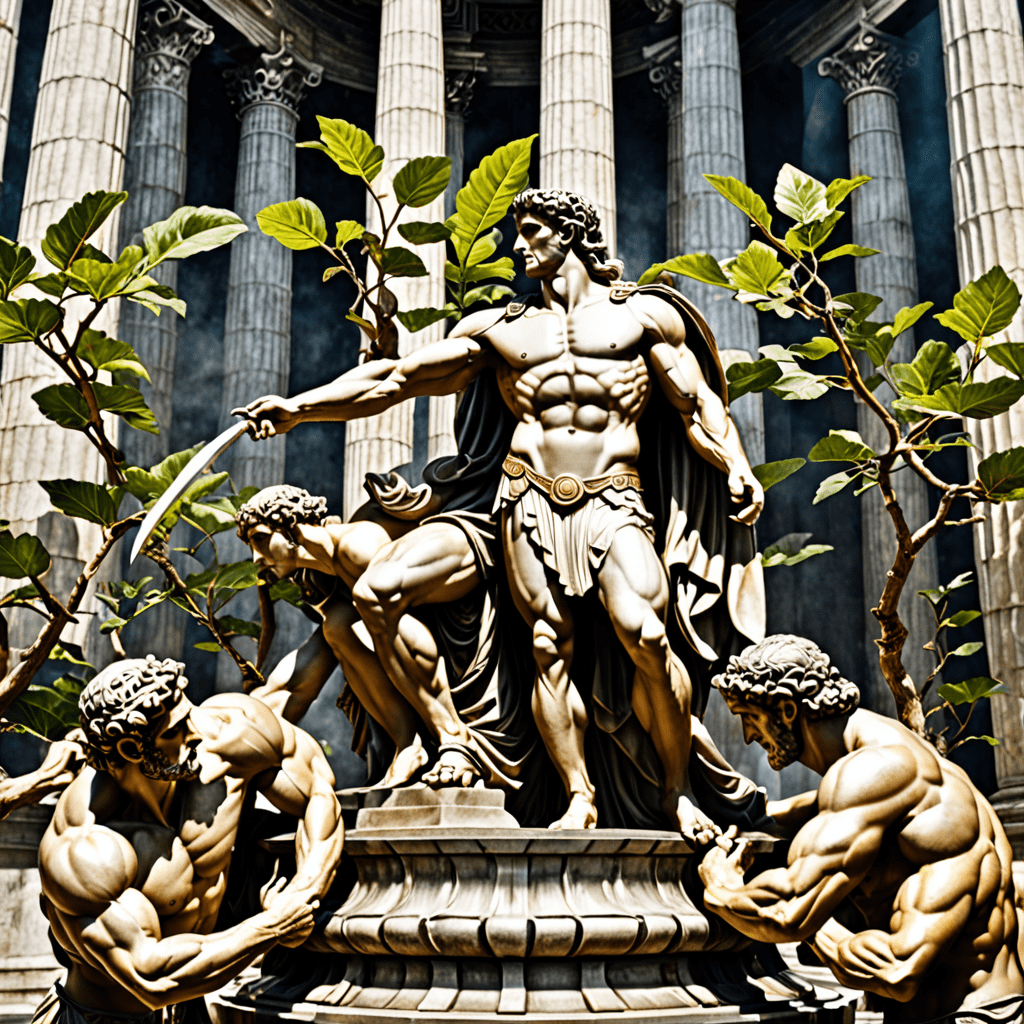The Legend of the Yatagarasu: The Three-Legged Crow in Japanese Mythology
Introduction: The Origins of the Yatagarasu Legend
The Yatagarasu is a mythical three-legged crow that plays a prominent role in Japanese mythology and folklore. Its origins can be traced back to ancient times, with its first appearance in the Kojiki and Nihonshoki, the two oldest chronicles of Japan dating back to the 8th century. These texts narrate the story of the legendary Emperor Jimmu, who is said to have been guided by the Yatagarasu during his perilous journey to establish the Japanese imperial line.
The Three-Legged Crow in Mythology
In Japanese mythology, the Yatagarasu is often depicted as a divine messenger, a symbol of guidance and protection. Its three legs are said to represent the three virtues of wisdom, courage, and compassion. The crow's appearance in dreams or visions was believed to be a sign of impending success or divine favor. In Shintoism, the indigenous religion of Japan, the Yatagarasu is revered as a sacred animal associated with the sun goddess Amaterasu.
The Divine Messenger
According to legend, the Yatagarasu descended from the heavens to guide Emperor Jimmu and his followers through treacherous mountains and forests. It perched atop a branch and illuminated their path with its glowing feathers, acting as a beacon of hope and guidance in the darkness. The crow's divine intervention became a symbol of the emperor's legitimacy and his connection to the gods.
The Crow in Shintoism
In Shintoism, the Yatagarasu is considered a sacred animal associated with Amaterasu, the sun goddess. It is believed to be a manifestation of Amaterasu's power and protection, often depicted as accompanying her on her celestial journeys. Shrines and temples dedicated to the Yatagarasu can be found throughout Japan, and its image is frequently used in Shinto rituals and ceremonies.
6. The Symbol of the Emperor
The Yatagarasu became a powerful symbol of the Japanese emperor and the imperial line. Its image was often used on official seals, banners, and other imperial regalia. The three-legged crow represented the emperor's divine authority and his connection to the sun goddess Amaterasu. To this day, the Yatagarasu remains a symbol of the Japanese monarchy and is featured prominently on the Imperial Seal of Japan.
7. The Battle of Yashima
The Yatagarasu also played a crucial role in the Battle of Yashima, a decisive battle in the Genpei War (1180-1185). According to legend, a flock of three-legged crows appeared over the battlefield, guiding the Minamoto clan to victory. The crows were said to have represented the three sons of Emperor Go-Shirakawa, who supported the Minamoto clan. The appearance of the Yatagarasu was seen as a sign of divine favor and contributed to the Minamoto clan's triumph.
8. The Yatagarasu in Japanese Art and Literature
The Yatagarasu has been a popular subject in Japanese art and literature for centuries. It has been depicted in paintings, sculptures, woodblock prints, and other forms of artistic expression. The crow's distinctive three-legged form and association with the imperial line made it a compelling subject for artists. In literature, the Yatagarasu appears in numerous myths, legends, and folktales, often as a symbol of guidance, protection, or divine intervention.
9. Modern Interpretations
In contemporary Japan, the Yatagarasu continues to hold cultural significance. It is often used as a symbol of good luck, success, and divine protection. The crow's image can be found on various products, from charms and amulets to clothing and accessories. Modern interpretations of the Yatagarasu often incorporate elements of popular culture, such as anime and manga.
10. Conclusion: The Enduring Significance of the Yatagarasu
The legend of the Yatagarasu has endured for centuries, captivating the imaginations of generations of Japanese people. As a symbol of divine guidance, imperial authority, and good fortune, the three-legged crow remains an integral part of Japanese mythology and culture. Its enduring significance serves as a testament to the enduring power of myth and the human desire for connection to the divine.
FAQ
Q: What is the origin of the Yatagarasu legend?
A: The Yatagarasu legend can be traced back to the 8th century chronicles of Japan, the Kojiki and Nihonshoki, where it is first associated with Emperor Jimmu.
Q: What does the Yatagarasu symbolize?
A: The Yatagarasu is often interpreted as a symbol of divine guidance, protection, wisdom, courage, and compassion. It is also a symbol of the Japanese emperor and the imperial line.
Q: How is the Yatagarasu depicted in Japanese art and literature?
A: The Yatagarasu has been depicted in various forms of Japanese art and literature, including paintings, sculptures, woodblock prints, and literary works. It is often portrayed as a three-legged crow with glowing feathers.
Q: Is the Yatagarasu still relevant in modern Japan?
A: Yes, the Yatagarasu remains a significant cultural symbol in modern Japan, representing good luck, success, and divine protection. Its image is commonly used on charms, amulets, and other items.




